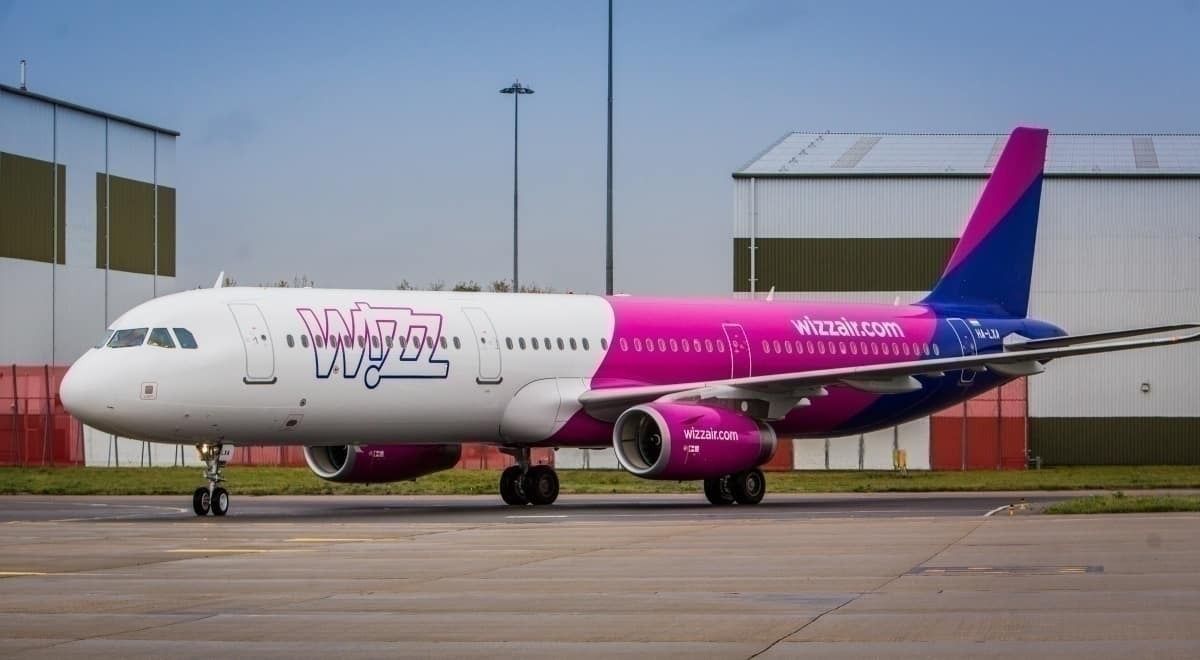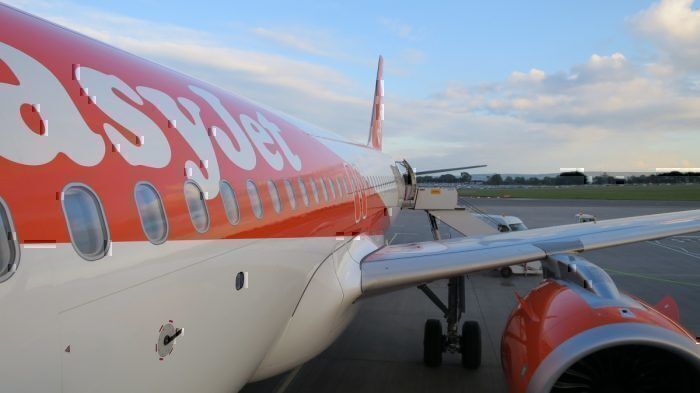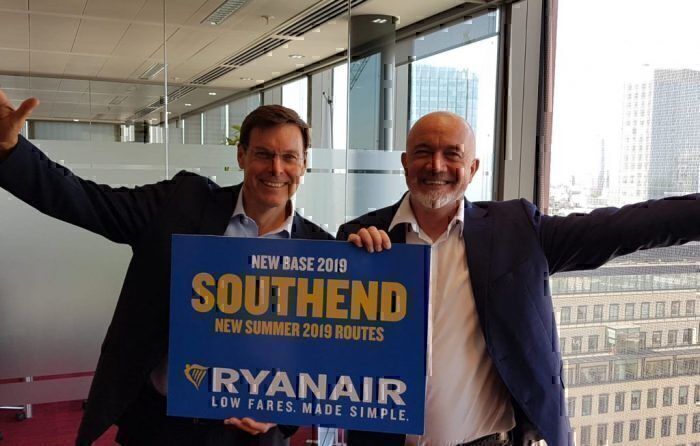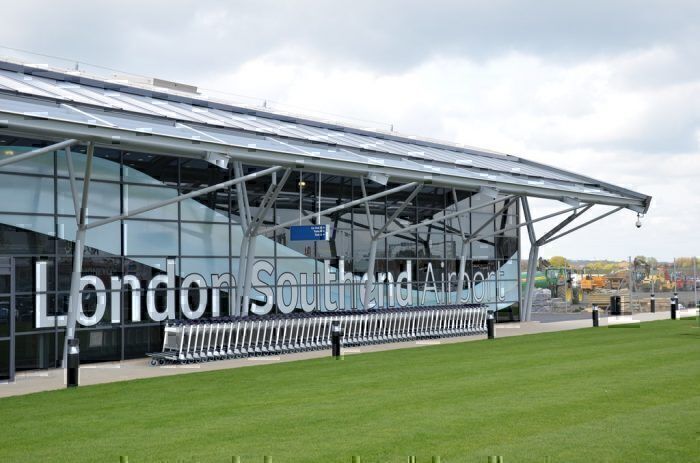London Southend Airport has gone from nothing to over 2m passengers in under ten years. We take a look at what’s prompting this incredible rise in popularity, and where the airport is headed in the future.
The unstoppable rise of London Southend
Less than 10 years ago, in 2010, London Southend saw just over 1,500 passenger departures. It was barely on the map for either passengers or airlines, and certainly wasn’t a contender in the London airport system. However, things were already changing.
Two years before, Stobart Aviation had bought the airport for £21m. By 2010, it was well into its £100m budget for airport renovations. By 2012, easyJet had started operating from the east London airport, and Flybe joined soon after. The rise in passenger numbers from there on was exponential. By 2014, it had broken its first million passengers, and has been on the up ever since.
Luke Hayhoe, Business Development Director, Stobart Aviation, talked about the unstoppable rise of Southend at the recent AviaDev Europe conference.
“We will hit 2.3m customers this year. We’ve got a new base of Ryanair with three aircraft based there, easyJet are continuing growth, and we’ve got Wizz commencing this winter season. The benefit of London Southend that hasn’t previously been utilized is that it does have the London catchment.“
London catchment yes, but that’s shared between five other airports. And it’s not really ‘London’, rather Rochford in Essex. So why is Southend proving so popular?
What’s great about Southend?
With such impressive growth, clearly there’s something very special about Southend. It’s successfully attracting both airlines and passengers, so how is it doing this? Luke Hayhoe explained,
“It’s got both London and Essex as a catchment. Yes, we have six airports in the London system and obviously there's a lot of overlap in central London, but then each of the airports has their own distinct area of catchment. Our catchment area at London Southend is 8.2m customers.”
8.2m is impressive, some really big numbers. So clearly there’s a benefit for airlines to fly from Southend – lower landing fees, available slots and plenty of passengers. But why do passengers want to fly from this small, out of the way airport in preference to other options? Hayhoe explained,
“If you compare our passenger numbers, we’re less than 10% of Stansted’s passenger numbers. However, the train from London Southend to Central London Liverpool Street is exactly the same time, but the airport experiences so much faster. It's a small terminal so you’re through the airport and onto the train within 10 minutes. It’s the same going in the other direction, so actually it's a much quicker experience when you consider it door to door.”
This echoes the sentiments of the traveling public. In an annual poll by consumer body Which?, passengers regularly vote Southend as their favorite airport. Quiet, small and central London in under an hour, who wouldn’t enjoy that?
What about the future?
The growth at Southend is showing no signs of stopping, and operators Stobart have some lofty aspiration for the future. Glyn Jones, CEO of Stobart Aviation, recently revealed an ambitious expansion plan for the airport, including upgrading the runway, adding a new terminal and more.
As things stand, the airport is running at around 90% of its current capacity. Jones wants to add a new terminal and enable the runway to take larger aircraft in a bid to take capacity up to 7m passengers a year. But he’s not satisfied with stopping there. Jones is quoted in local media outlet The Echo as saying,
“We have the capacity for five or six million passengers in the current terminal infrastructure, and we have plenty of capacity in the airport so that is not an issue. Our plan is to increase supply to get the number of passengers to match that capacity by 2023.
“That is ambitious and will require us to double where we are now. We have doubled ourselves in the last two years so there is no reason not to be confident about that. Going forward we aim to take this airport first to 10 million passengers, and then to get ourselves broadly speaking to the size of a Luton Airport, 20 million passengers in the medium term.”
One has to ask whether Southend will begin to lose what makes it unique if it targets itself as the next London Luton. While this growth is still open to negotiation and, of course, securing the planning rights required, one thing Southend is firm upon is its business direction. Luke Hayhoe defined Southend’s role in the London matrix as follows:
“London Southend will predominantly be low cost with a focus on leisure and VFR (visiting friends and relatives) but there are opportunities that are outside of that. We already have a Flybe operation, operated by Stobart at the moment, which will obviously become Virgin Connect going forward, so we're talking to them as well about the future network and the opportunities. From London Southend, there are other opportunities, but it will predominantly be a leisure-focused LCC airport.”
It’s exciting times for London Southend, and while some may be resistant to the airport’s push to become bigger, the additional London connections will be a welcome relief for many passengers in the southeast. Have you ever traveled from Southend? What did you think of the experience? Tell us in the comments.





